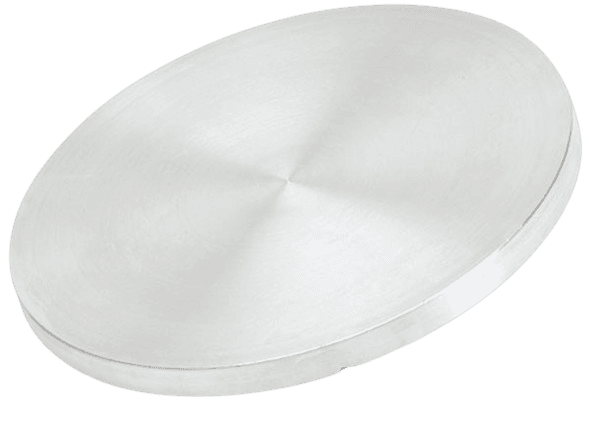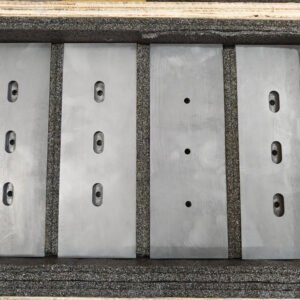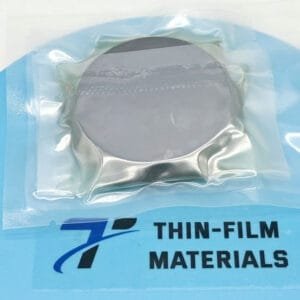Rhenium Sputtering Target Description

Rhenium Sputtering Target Specification
| Material Type | Rhenium |
| Symbol | Re |
| Color/Appearance | Silvery gray |
| Melting Point | 3180 °C |
| Density | 21.02 gm/cc |
| Thermal Conductivity | 0.480 W/cm/K @ 25 °C |
| Electrical Resistivity | 19.3 microhm-cm @ 20°C |
| Available Sizes | Dia.: 1.0″, 2.0″, 3.0″, 4.0″, 5.0″, 6.0″ Thick: 0.125″, 0.250″ |
We also offer other customized shapes and sizes of the sputtering targets; please Contact Us for more information.
Rhenium Sputtering Target Applications
The rhenium sputtering target is used in a variety of applications, including:
- Thin film deposition
- Decoration
- Semiconductor manufacturing
- Displays
- LED and photovoltaic devices
- Functional coatings
- Optical information storage
- Glass coating for automotive and architectural glass
- Optical communications
Other Applications of Rhenium
- High-Temperature Superalloys: Rhenium is incorporated into superalloys used in jet engine parts to enhance performance at high temperatures.
- Nickel-Based Superalloys: Adding rhenium to these alloys improves their creep strength, making them more durable under stress.
- Filaments: Rhenium filaments are known for their stability and are used in photoflash lamps, ion gauges, and mass spectrometers.
- Medical Uses: Radioactive isotopes of rhenium are utilized in the treatment of liver and pancreatic cancer, delivered through a bacterial host.
Rhenium Sputtering Target Packaging
Get Contact
TFM offers Rhenium Sputtering Targets in various forms, purities, sizes, and prices. We specialize in high-purity thin film deposition materials with optimal density and minimal grain sizes, which are ideal for semiconductor, CVD, and PVD applications in display and optics. Contact Us for current pricing on sputtering targets and other deposition materials that are not listed.





Reviews
There are no reviews yet.